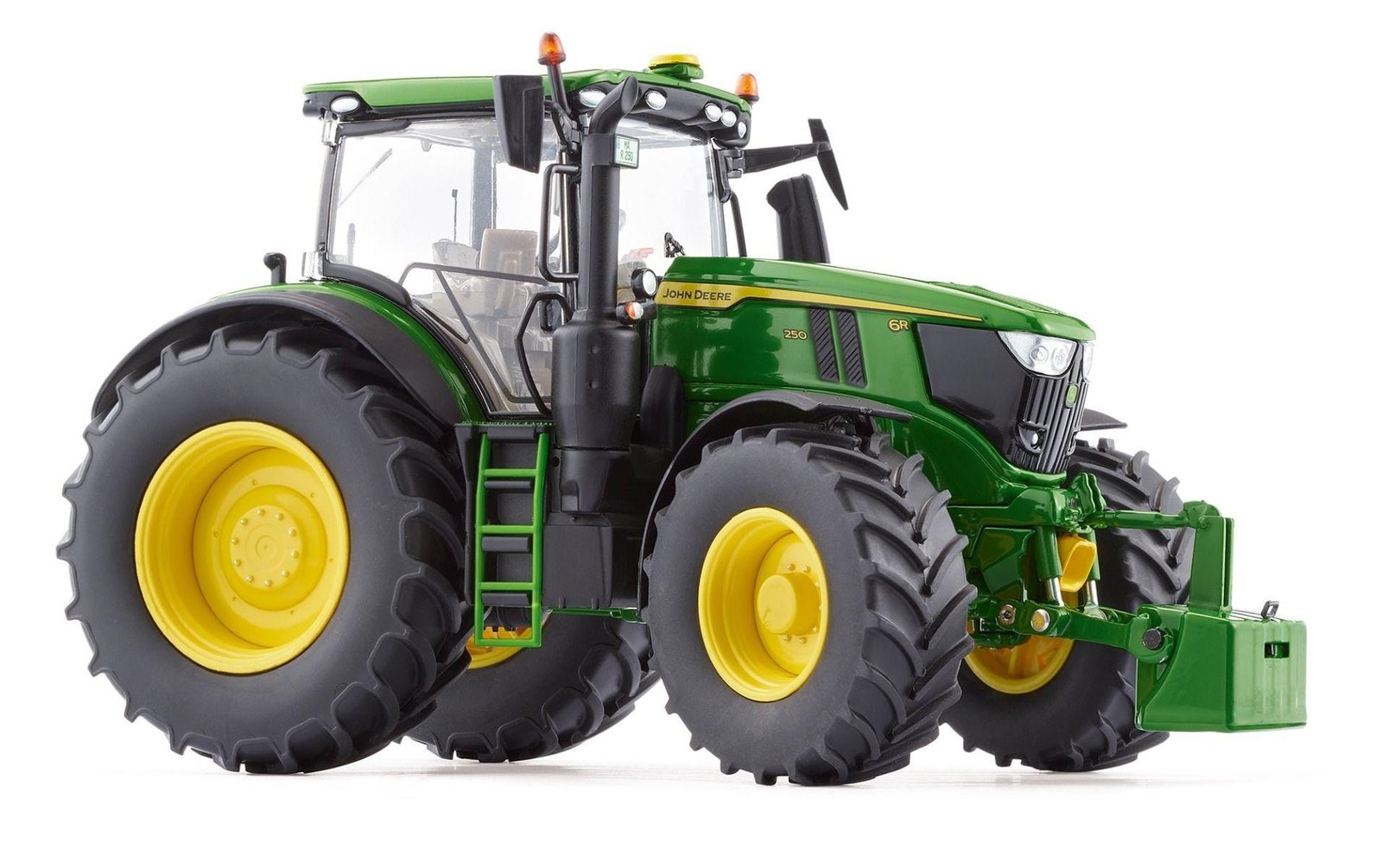A recent agreement between John Deere and the American Farm Bureau Federation to provide farmers with access to repair tools and diagnostic software has sparked skepticism among right-to-repair advocates and agricultural industry observers. The memorandum of understanding, announced in January 2023, promised to give farmers the ability to fix their own equipment, but critics argue that the voluntary nature of the deal and its limited scope may not adequately address longstanding concerns about repair restrictions. The recent agreement between John Deere and the American Farm Bureau Federation has sparked skepticism among right-to-repair advocates and farmers nationwide.While the memorandum of understanding promises greater access to diagnostic tools and repair information, critics argue that the voluntary nature of the agreement lacks teeth and may not deliver meaningful change.
Under the new arrangement, farmers and independent repair shops should receive access to official documentation, specialized tools, and software needed to service John Deere equipment. Though, the agreement’s fine print reveals several limitations that have raised red flags among industry observers. The company retains control over which repair resources to share and can modify access terms at its discretion.Agricultural equipment owners have long complained about being forced to rely on authorized dealers for repairs, often facing lengthy delays and higher costs. Modern tractors and harvesters contain complex electronic systems that require specific diagnostic tools to identify and fix problems. Without access to these resources, farmers watch their equipment sit idle during critical planting or harvest periods.
The agreement’s timing coincides with mounting pressure from state legislatures considering right-to-repair laws. Several analysts suggest this voluntary arrangement may be an attempt to preempt stricter regulatory measures. By implementing a self-regulated solution, John Deere could perhaps influence the terms of future legislation while maintaining significant control over repair processes.
Independent repair advocates point out that the deal lacks enforcement mechanisms and concrete deadlines for implementation. The memorandum’s language remains vague on crucial details, such as pricing for repair tools and the extent of technical information that will be made available. This ambiguity has led some to question whether the agreement represents meaningful progress or merely a public relations strategy.
Industry experts note that similar voluntary agreements in other sectors have historically fallen short of expectations. The automotive industry’s 2014 right-to-repair memorandum, often cited as a precedent, required additional legislative action to ensure compliance and establish clear standards.
Farmers’ organizations emphasize that true repair freedom would require unrestricted access to embedded software and the ability to modify equipment settings. The current agreement explicitly excludes these capabilities,citing safety and environmental regulations. Critics argue this limitation perpetuates dependency on authorized dealers for certain repairs and modifications.
Small repair shops express concern about potential cost barriers, even if access is granted. Investment in specialized diagnostic equipment and training could prove prohibitive for independent operators, potentially limiting competition in the repair market. Some worry that the economic burden might prevent the emergence of choice repair options, effectively maintaining the status quo.As implementation details emerge, stakeholders continue to monitor whether this voluntary agreement will deliver meaningful change or require additional regulatory intervention to achieve the robust right-to-repair framework that farmers seek.


